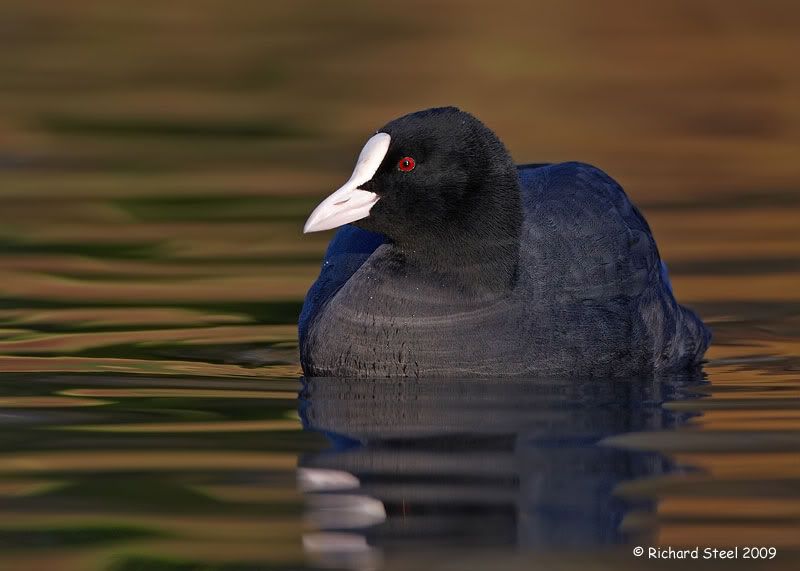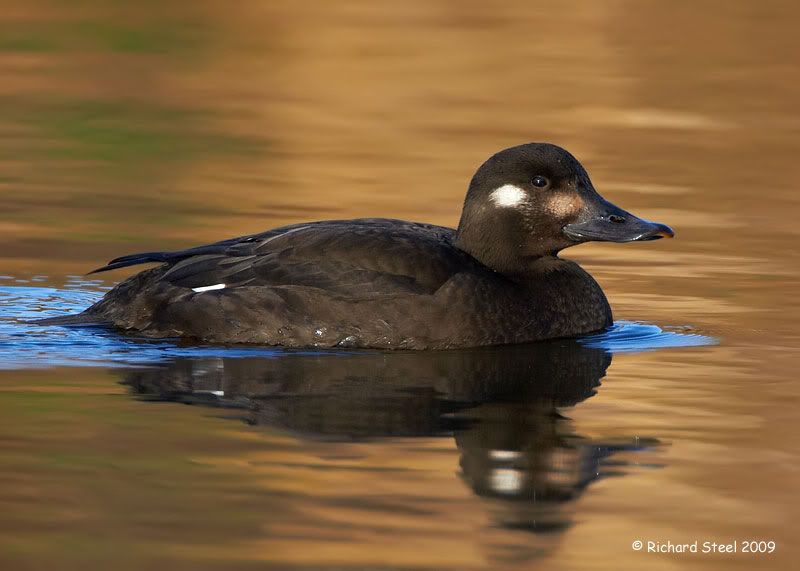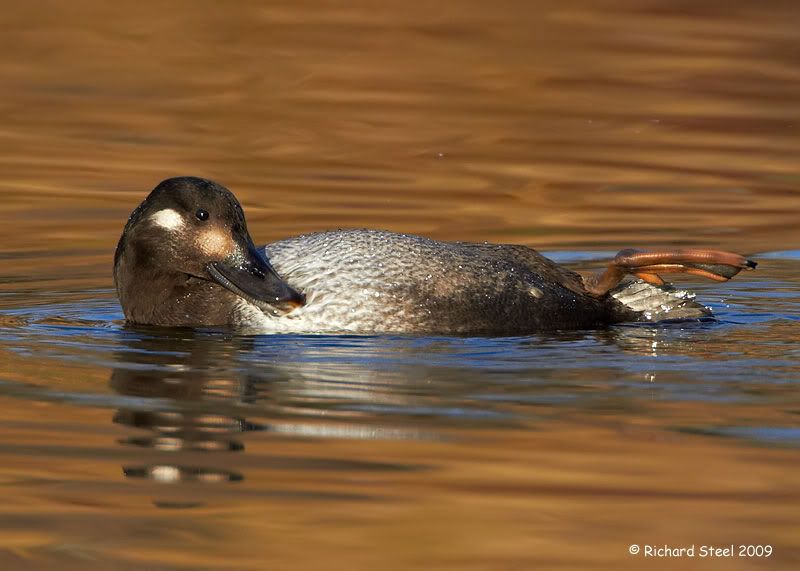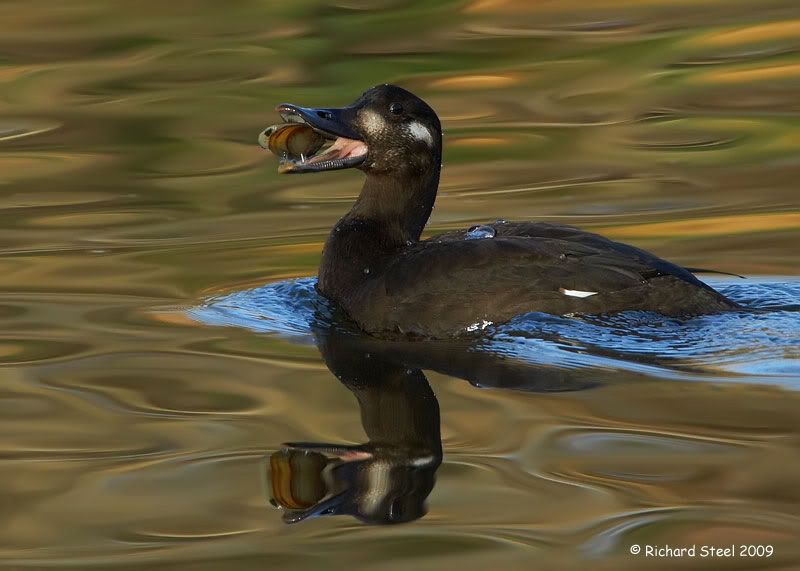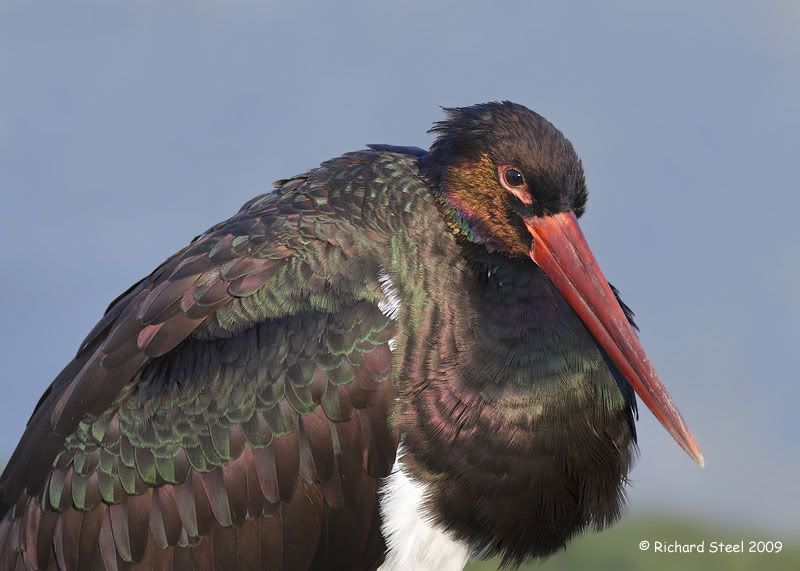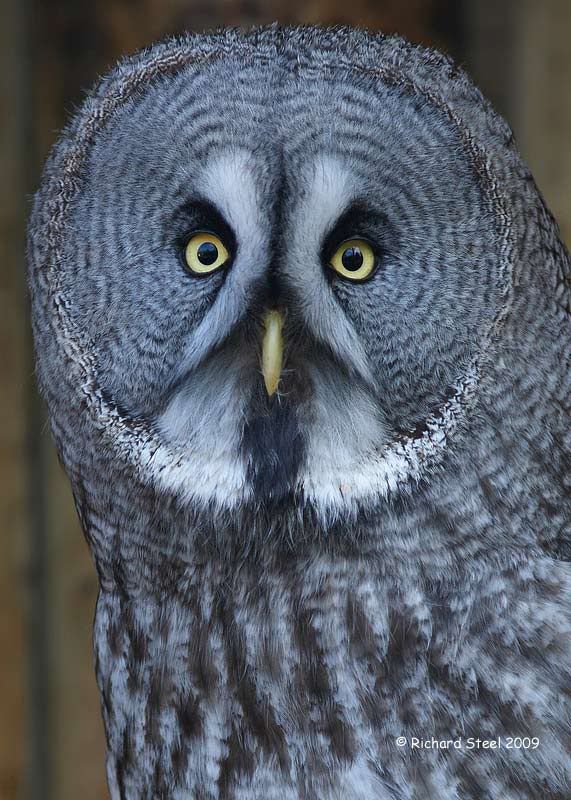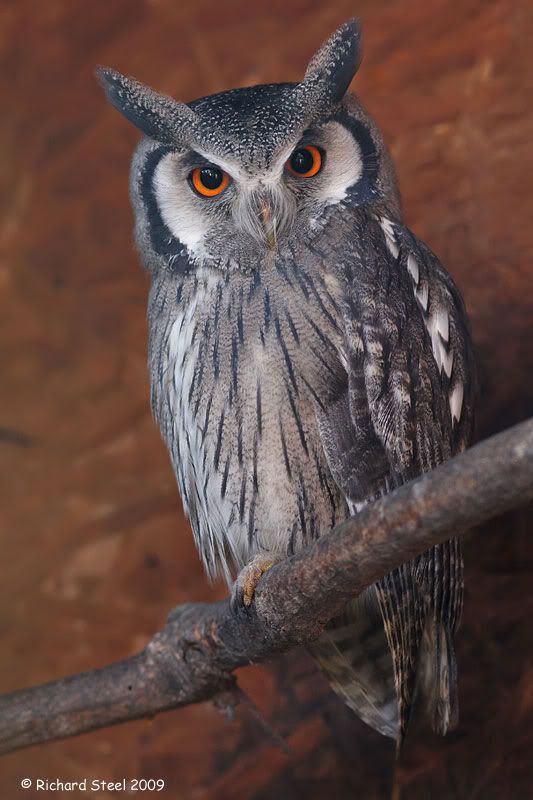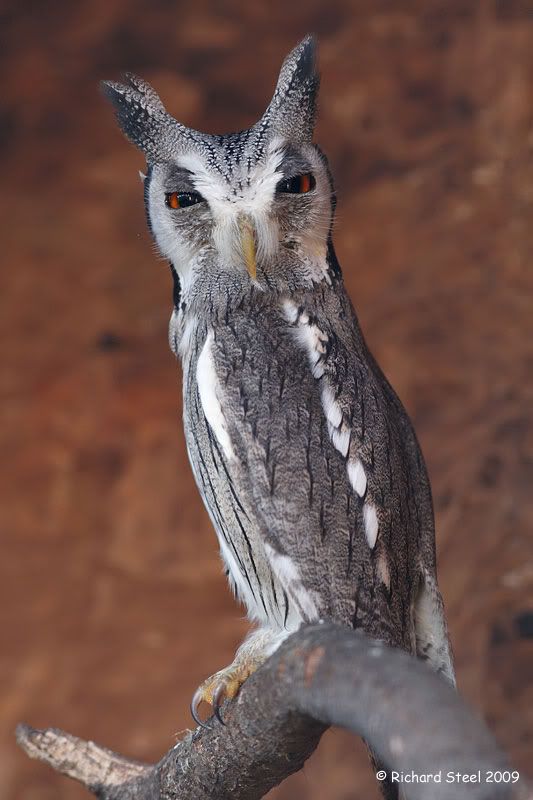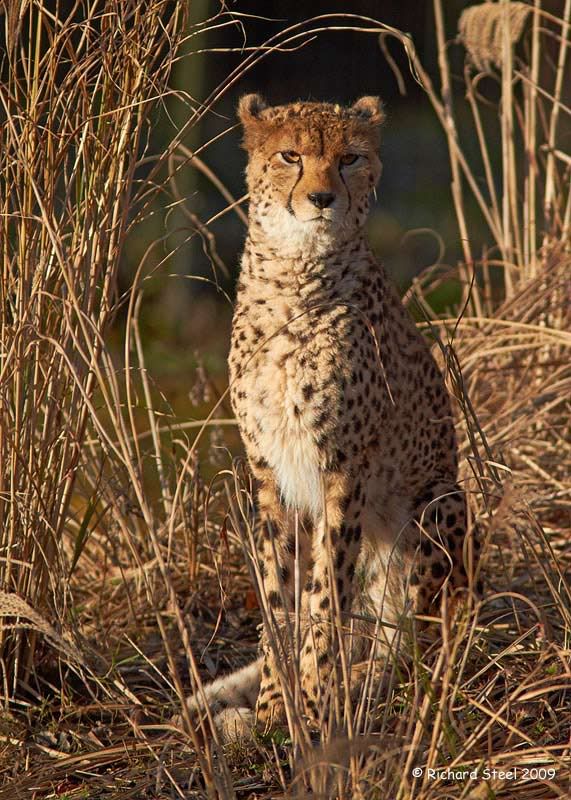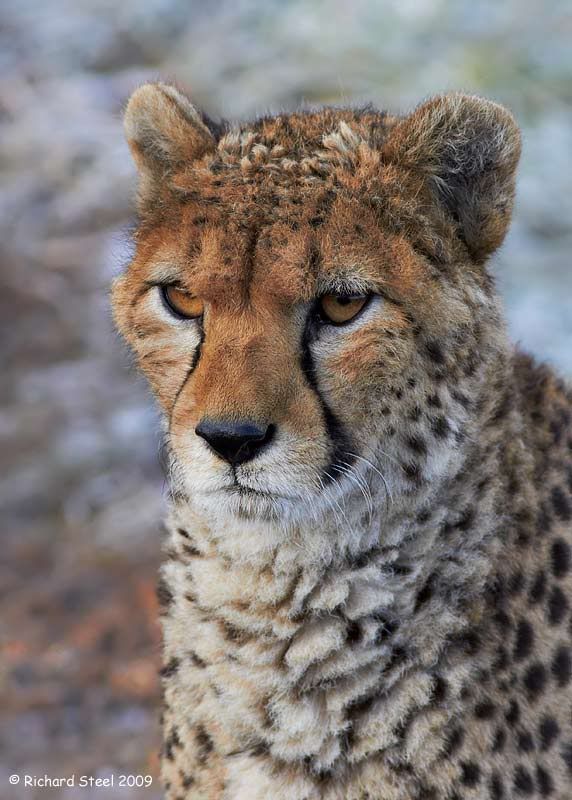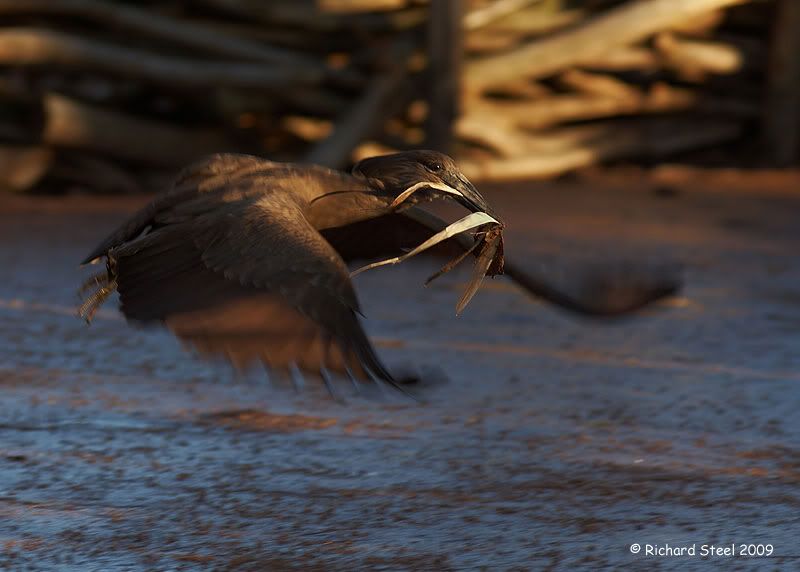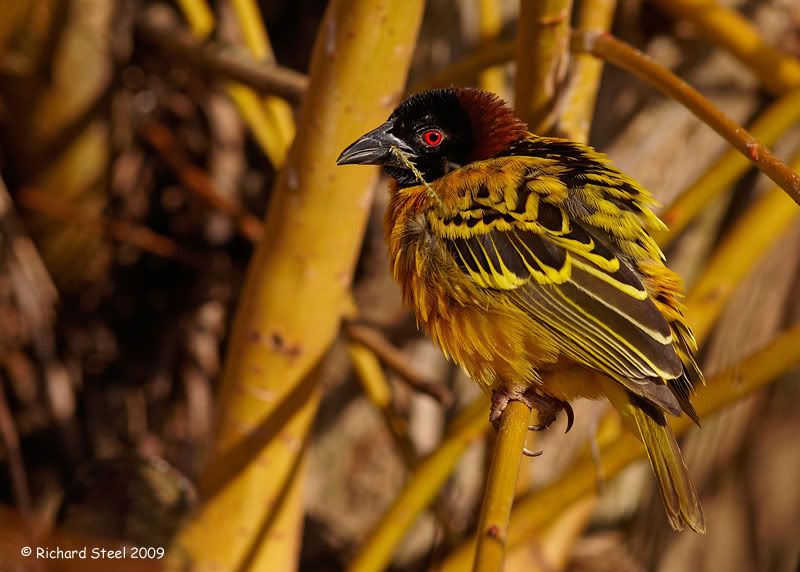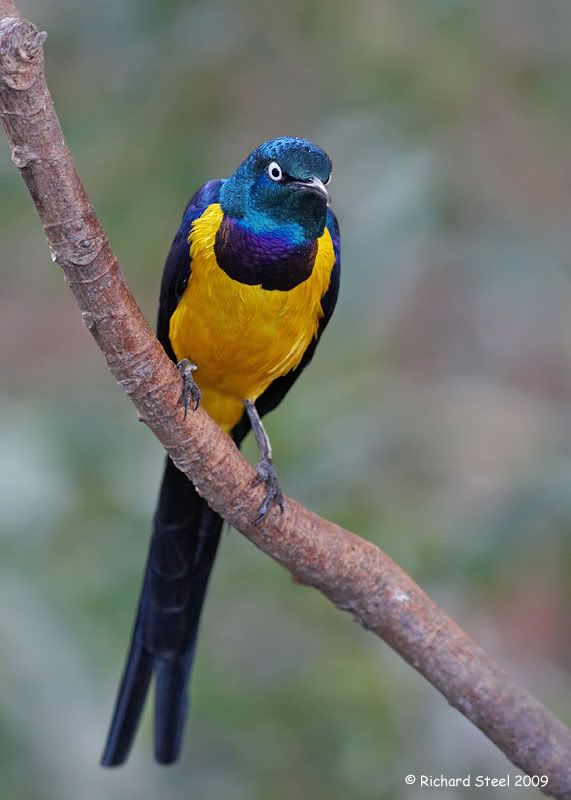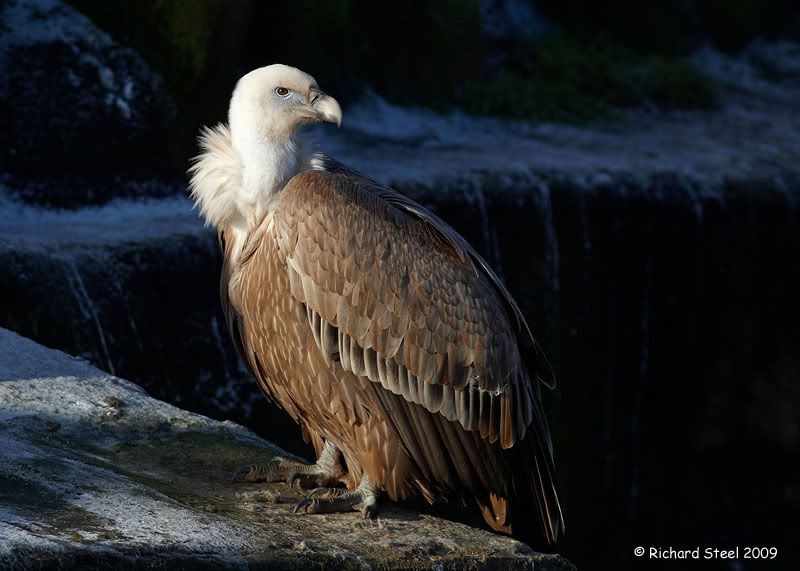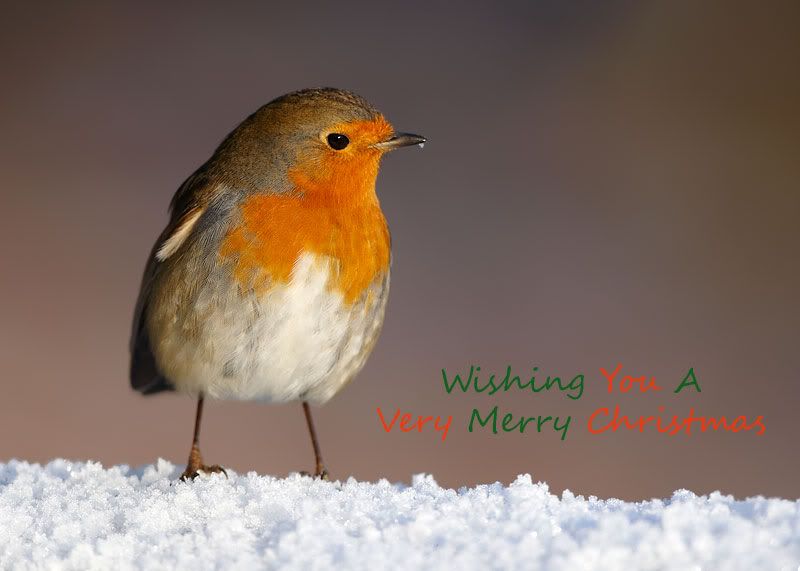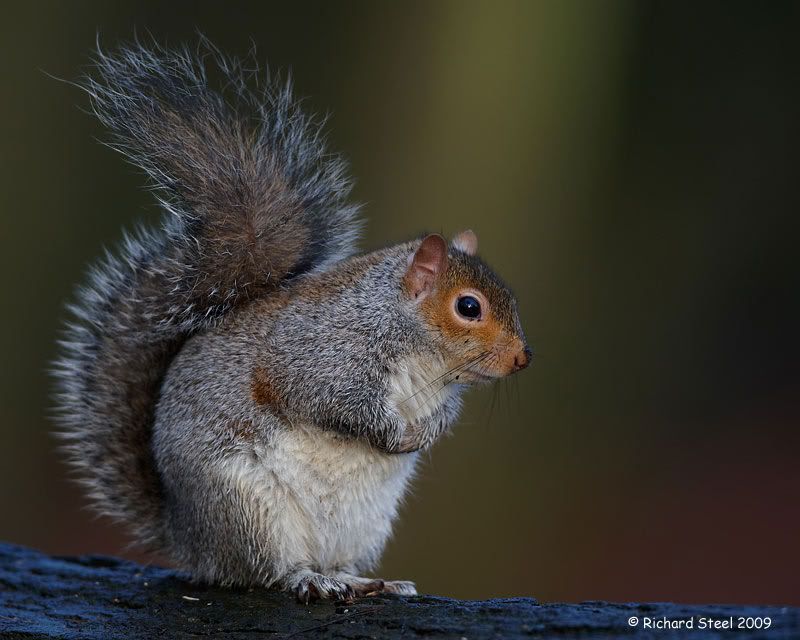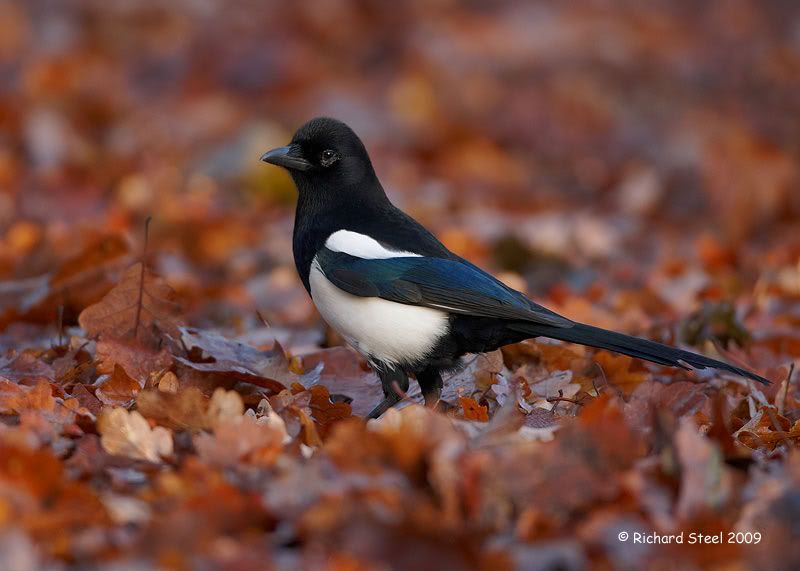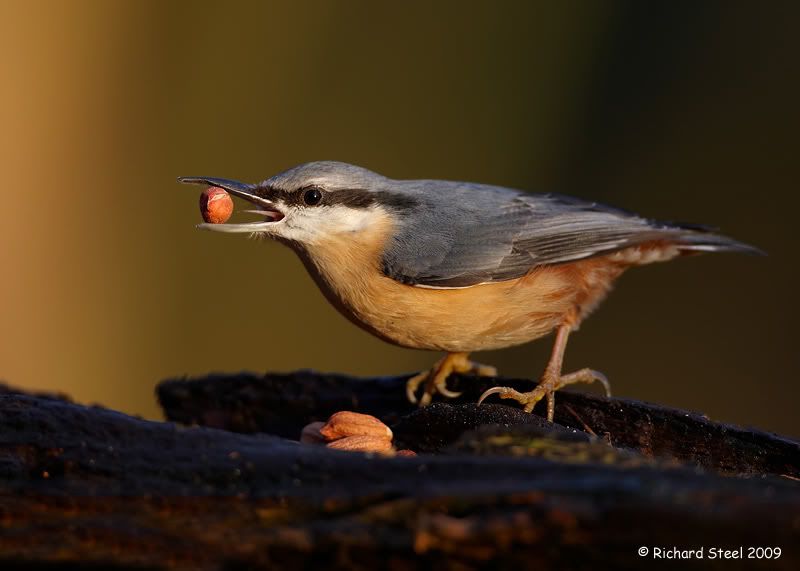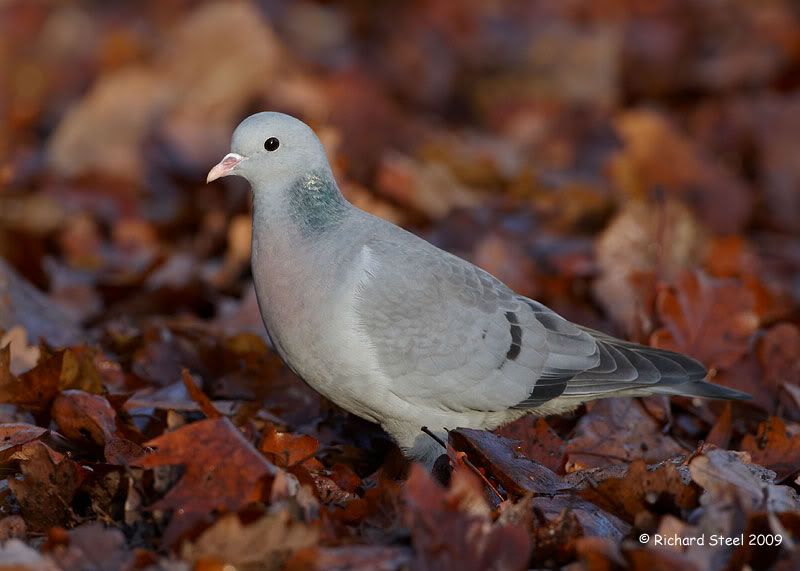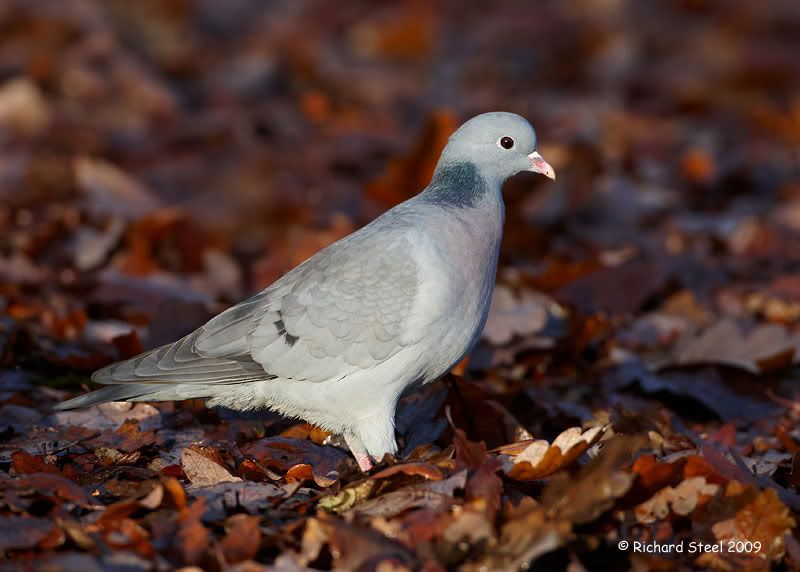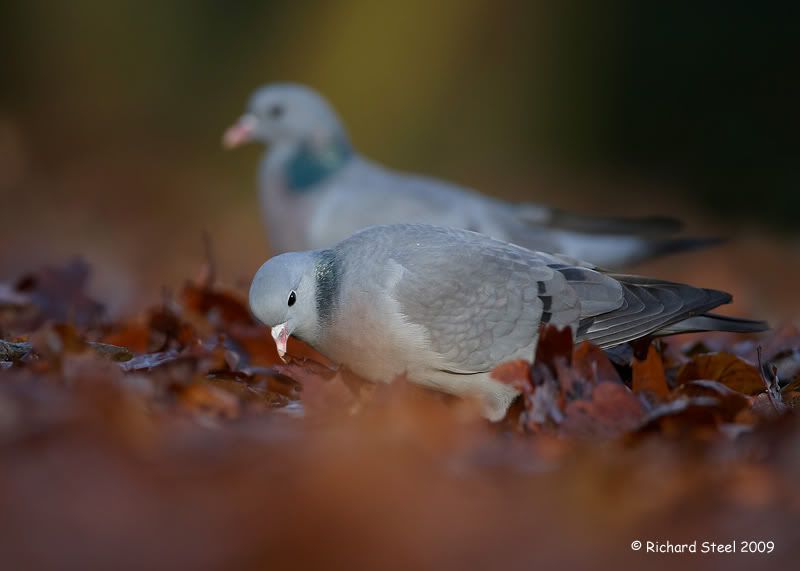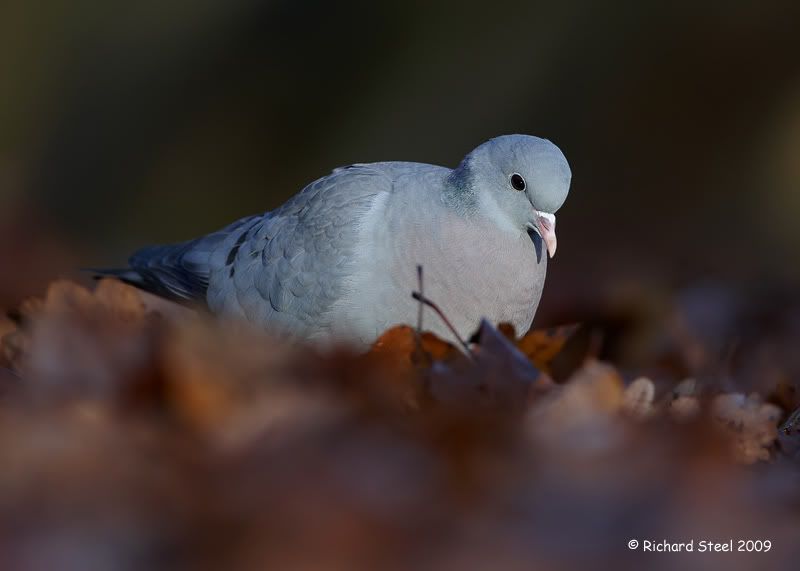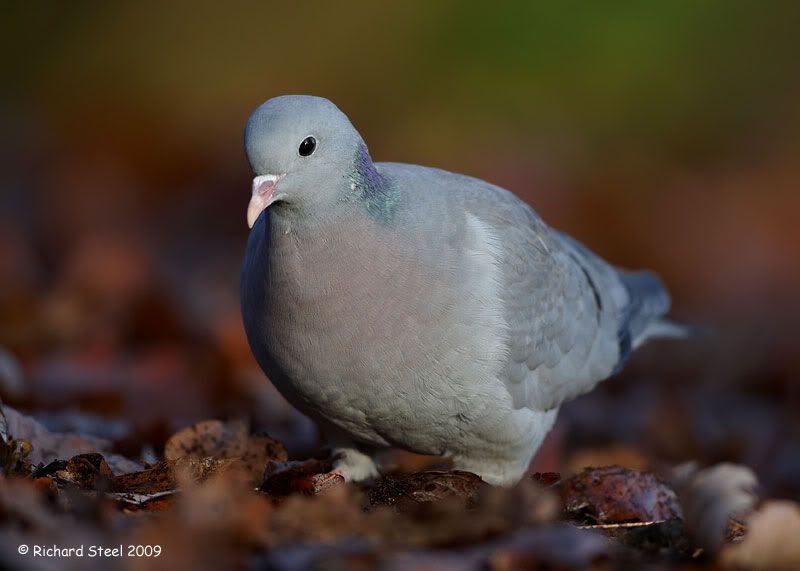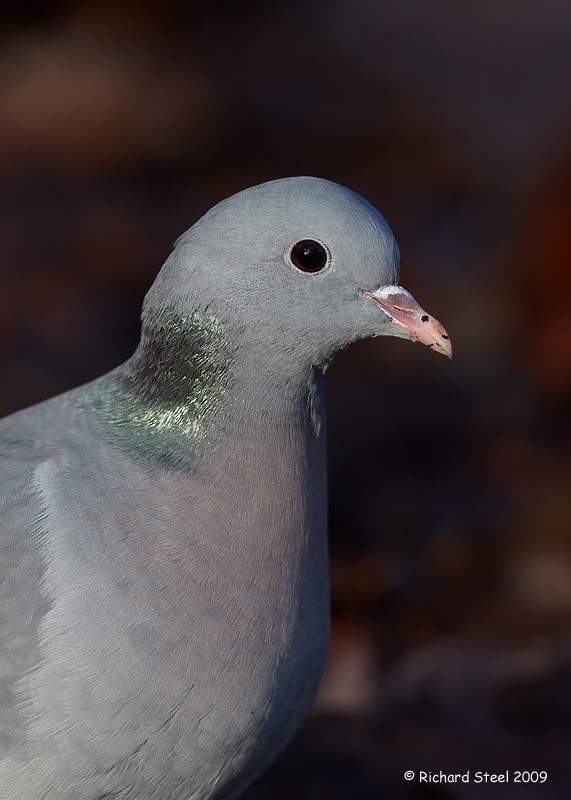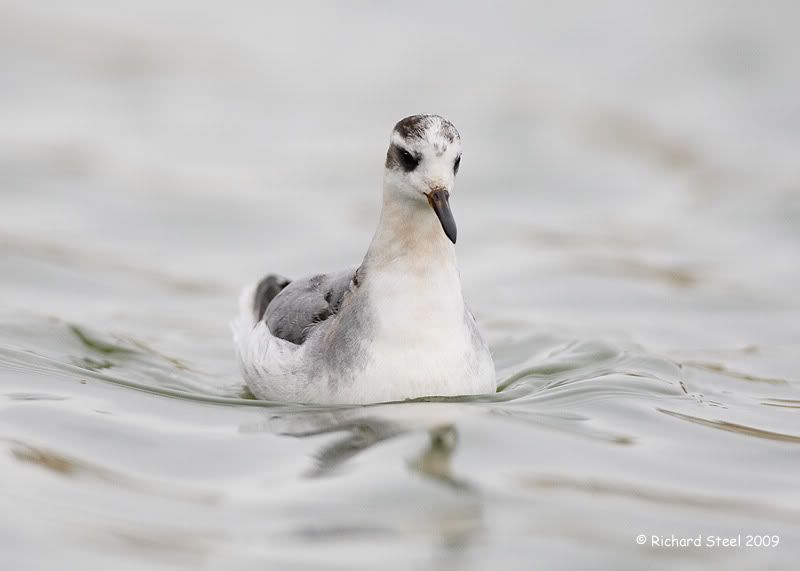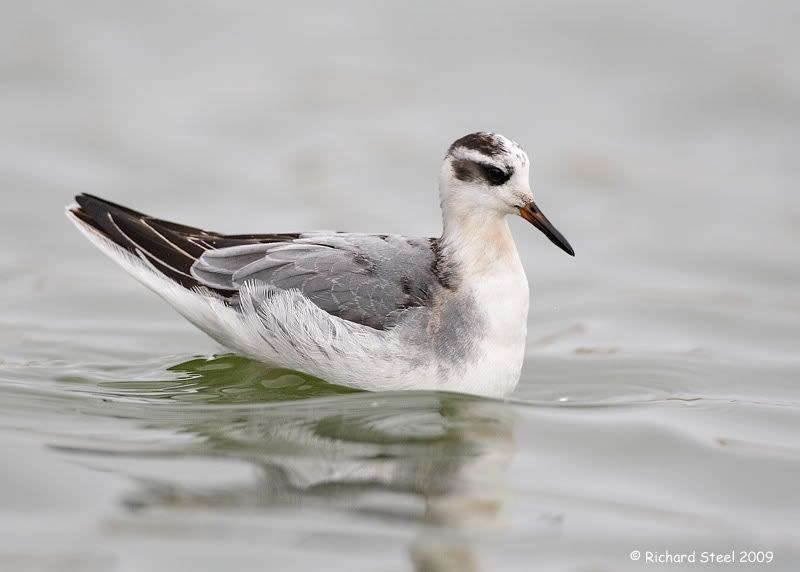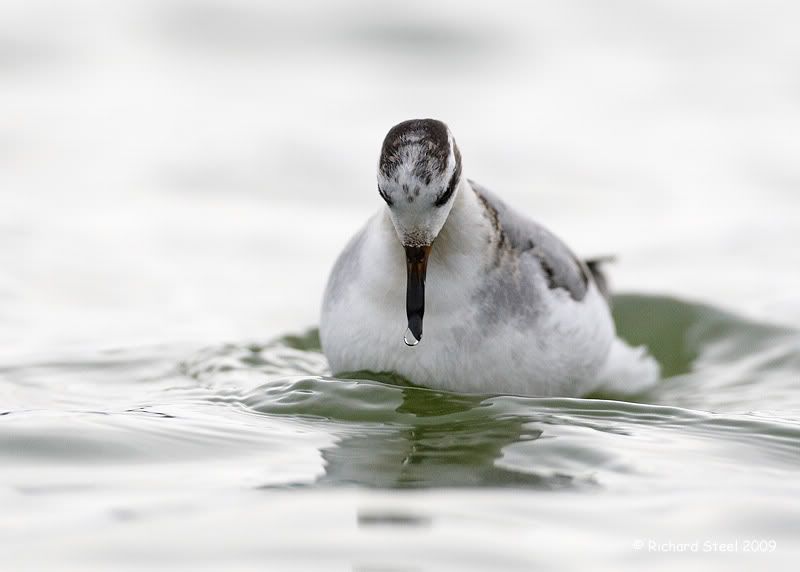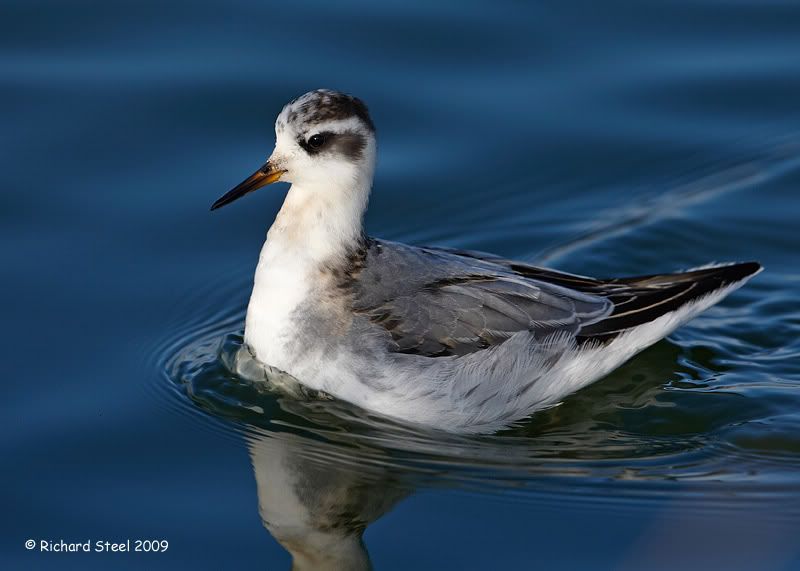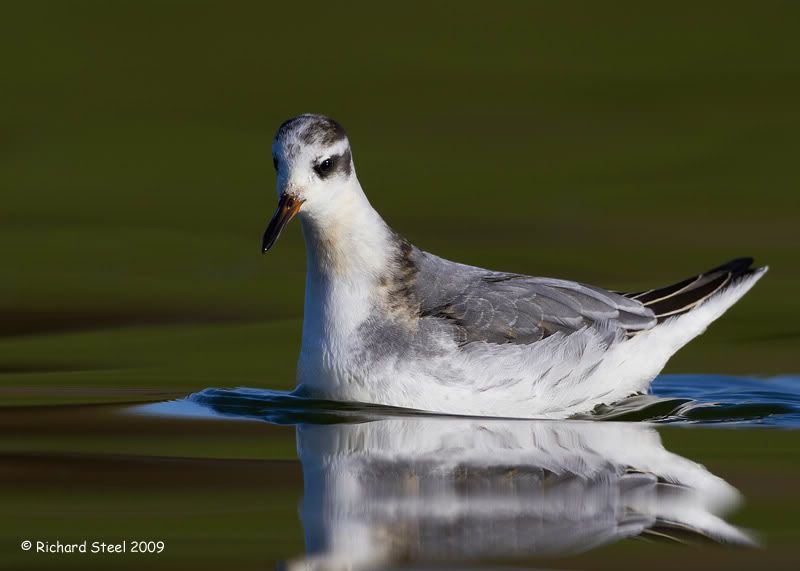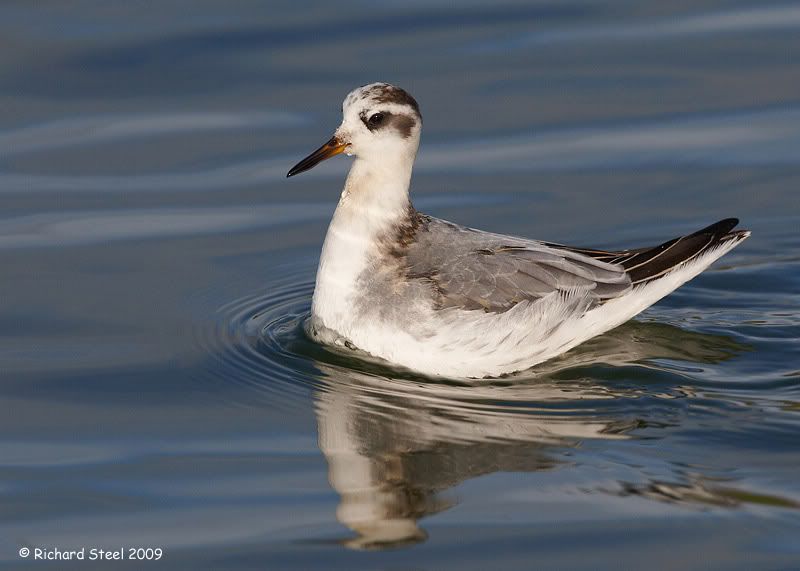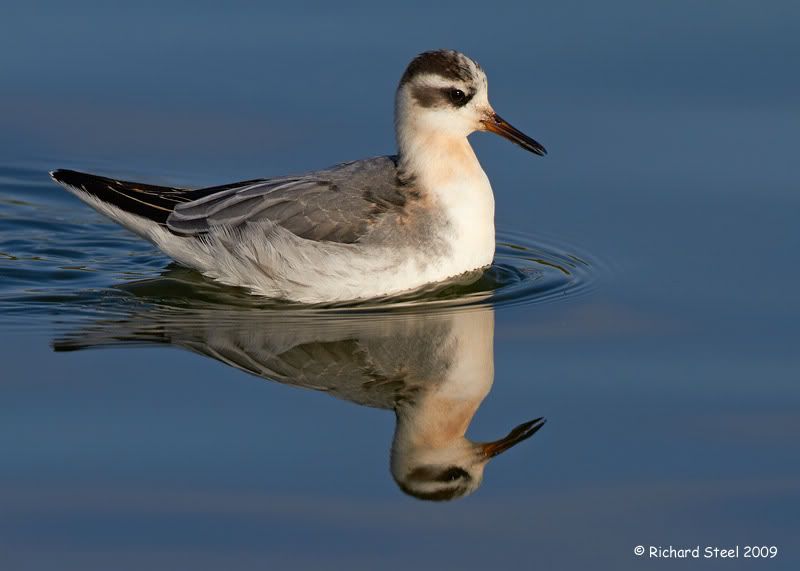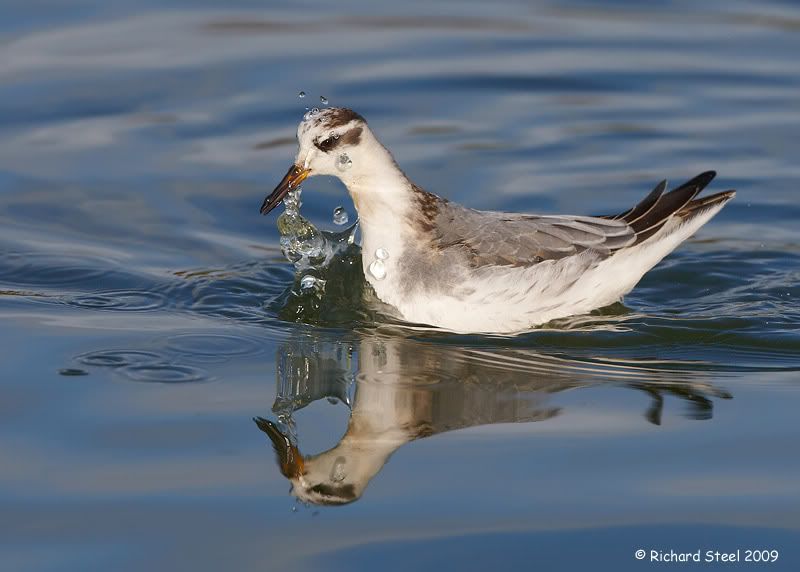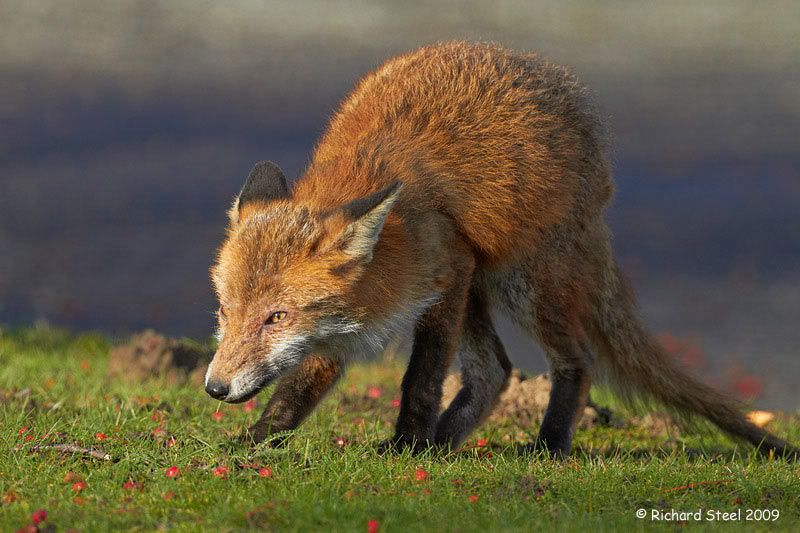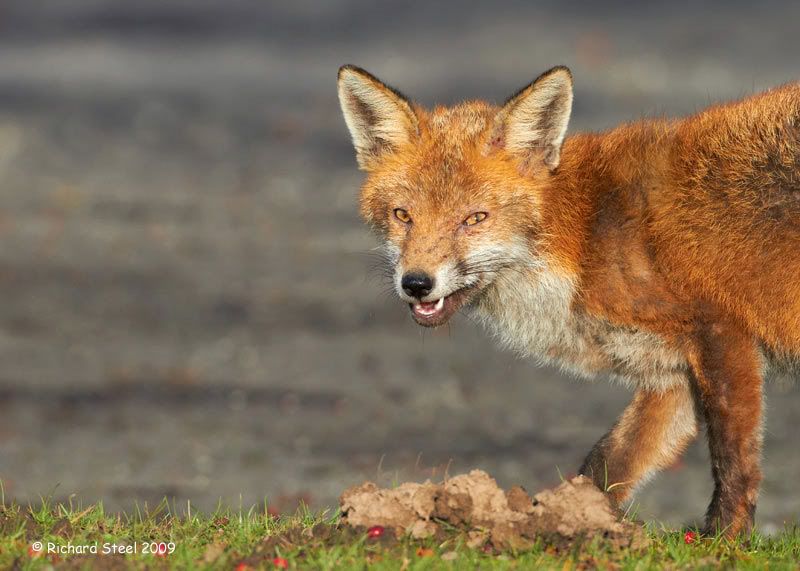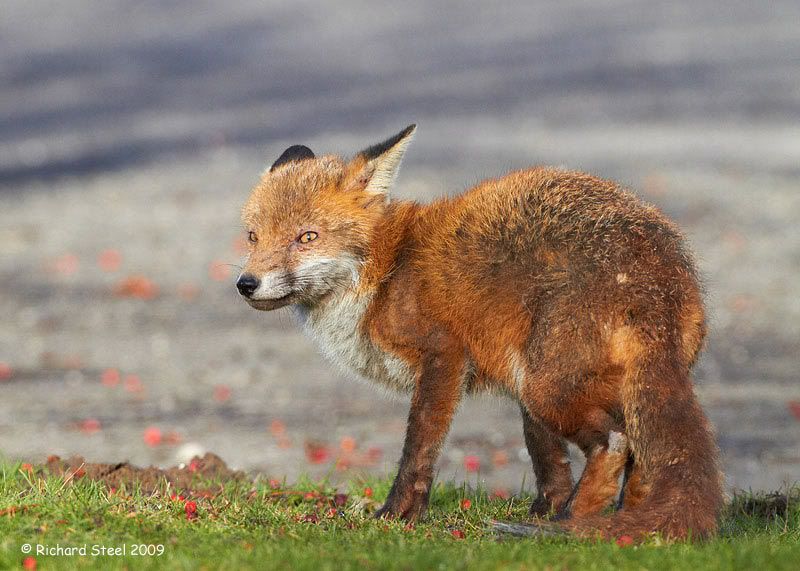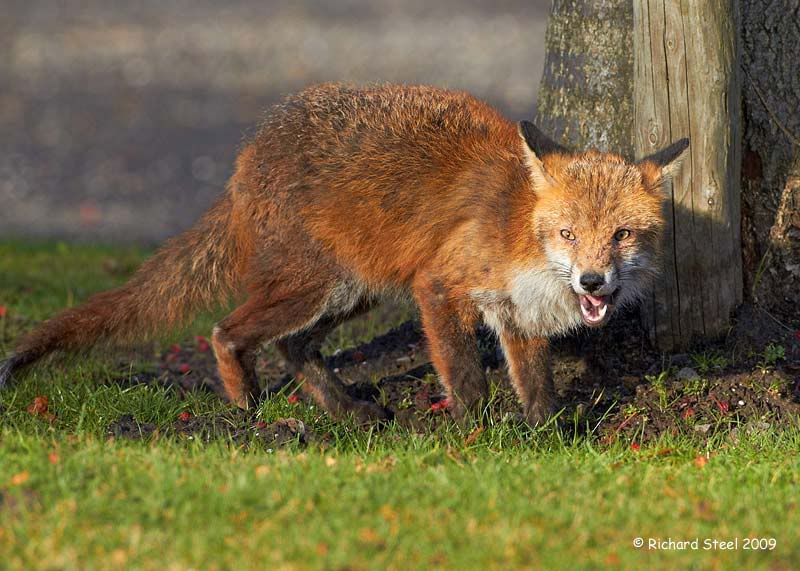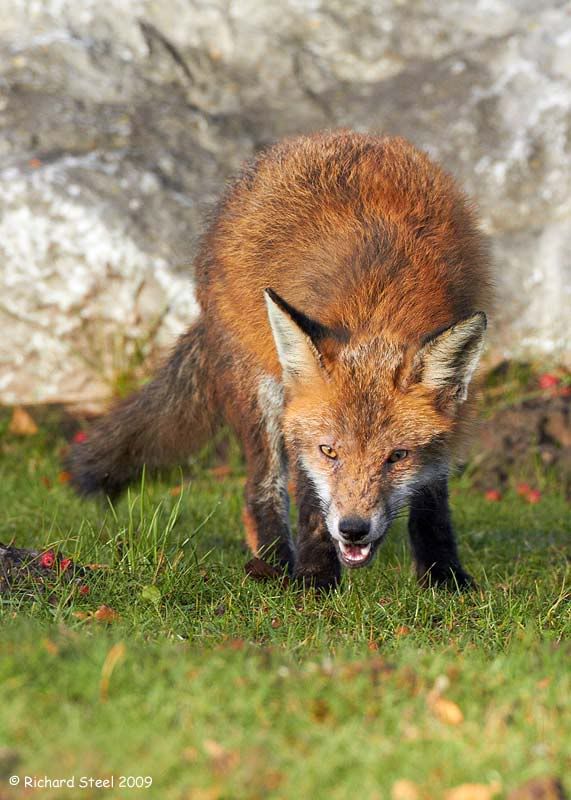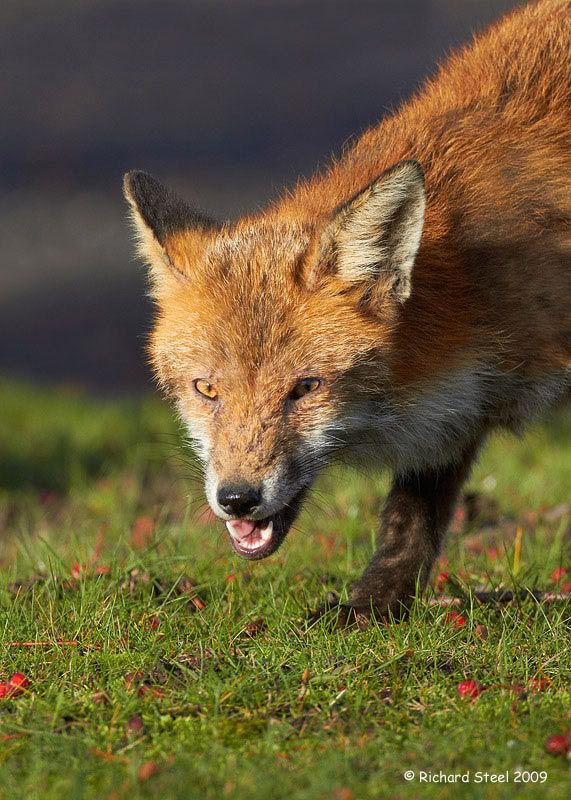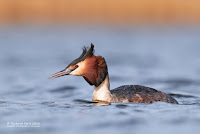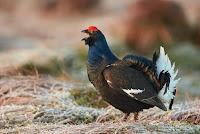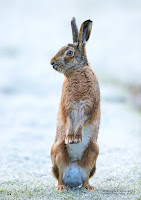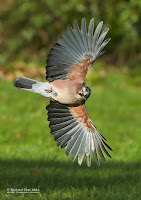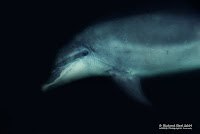Wednesday, December 30, 2009
I was out by a local pond recently photographing some Coots and Tufted Duck. To get the best from waterfowl I think there are three key considerations, firstly to get down low to the water, to go in the winter when they look at their best and also to carefully select your position in terms of the water colour. You will find the water colour is dictated by reflected bank side features or the sky and so varies from grey to blue and green to gold depending on the site and conditions. On this particular pond I noticed that a yellow / orange shrub was casting a narrow shaft of golden orange water across the lake and so positioned myself accordingly. A coot appeared first and photographed here just on the edge of the golden water area.
I had my eye on a drake Tufted Duck which was preening and slowly drifting towards the target zone. Many birds after preening and bathing will give their wings a flap to shake of excess water. Fortunately this one did it in just the right position.
I was back out with the camera two days ago following reports of a Velvet Scoter on a small pond near Clitheroe. This gave a rare chance to photograph one of these marine ducks which I had not seen before. I awoke to thick fog but a quick look on a local webcam showed the weather at my destination to be clear. The low winter light combined with bank side reflection again offered some opportunities for photos on a golden pond.
The bird was continually diving and surfacing with large freshwater mussels which it would swallow whole.
During the few hours I was there the bird must have consumed about 15 large mussels which makes you wonder firstly what kind of digestive system it must have and secondly why it was still floating! In this photograph the bird is manoeuvring the mussel before swallowing.
I will take this moment to also give a quick overview of the last 12 months as we are rapidly approaching the year end. It has been a relatively productive year with 108 wild bird species photographed including a dozen new species such as Black-necked grebe, Grey phalarope, Whimbrel and Shorelark. This has been despite a good deal of background trauma with the life threatening post-operative condition my partner found herself in earlier in the year and the serious illness and departure of a family member. I have probably spent more time in hospital during these last 12 months than I really care to think about. If this is combined with an extremely heavy work schedule and I am surprised I have managed to photograph anything! It really has been a case of grabbing as many fleeting moments as possible. For 2010 I already have an overseas photographic trip booked that I am really looking forward to and will give some details of that in the New Year.
To finish off I would like to thank all my friends, particularly Steve and Andy for their support during this difficult year, and you the readers for your kind words and taking the time to read the Blog. May I wish you all a very Happy, Peaceful and Prosperous New Year.
Saturday, December 26, 2009
I must admit I have a bit of an aversion to crowds and queues, so when faced with the decision of Christmas shopping or a trip to Chester Zoo the decision was not a difficult one. I prefer zoo visits in the winter as there are less people and the animals more active. The only downside is the low angle of the sun can create some difficult lighting in the enclosures on occasions. The other factor I had not taken in to account for my visit was that due to the icy conditions many of the animals had been kept in for safety reasons. A giraffe slipping on ice does not bear thinking about.
First to fall before the lens was the Black Stork. They really are stunning birds at the right light angle as the sun transforms there iridescent feathers into a rainbow of hues.
Next stop on the tour around were some of the owls. The solemn stare of a Great Grey Owl.
The White Faced Scoops Owls brought a smile due to the antics of one of a pair of birds . The bird on the left was perched normally glaring down with those penetrating eyes.
The bird on the right obviously did no like the look of me and was adopting the odd stretched defensive posture. Unfortunately the photos do not show the amazing transformation into this stretched pose
Just round the corner from the owls are the Red Pandas which are usually asleep up a very tall tree but one was wandering round trying to find a new place to curl up into a red fur ball.
The Cheetahs were busy and it took a while to spot this female sitting in the low winter sun amongst the tall grasses in the enclosure.
In August he zoo opened a new walk in aviary with African birds but I found it quite tricky to get good photographs. A Hammerkopf was building a huge nest in the tree and constantly flying around collecting twigs and grasses. I tried a flight shot but only had 1/250s shutter speed to play with bit it is my first BIF photo from a zoo
The other bird that was particularly evident were the Village Weaver Birds which had already built a large number of spherical woven grass nests on one of the trees.
I decided to wander over to the tropical house to see the free flying birds. As anticipated on entry I had to spend the first 10 minutes clearing condensation off the camera. I did not stay in there long with only a Royal Starling to show for my efforts.
To finish off this post A Griffon Vulture that was being very nicely spotlighted by the sun.
Wednesday, December 23, 2009
Saturday, December 19, 2009
I took a trip out to some local woodland last weekend. Deciduous woods can be great places to photograph in the winter with the leaves off the trees to let the soft end of year light through. The main target species for this session were Stock Dove, a species which are undeservedly overlooked, although this is probably due to their resemblance to feral pigeons. It was a freezing morning as I waited quietly for the Stock Doves to appear with even the nearby squirrels looking cold.
As I continued to wait a few other birds caught me eye. A passing magpie foraging through the carpet of fallen oak and beech leaves.
On the fallen tree which I was laying alongside a familiar bird appeared, which I had encountered earlier in the year, a Nuthatch with an extra long upper bill.
It was good to see the bird was still doing well and thought I would give its energy reserves a small helping hand in the bitter cold by scattering a few peanuts on the tree. These were eagerly received and taken away to be hidden in various bark crevices in the surrounding trees.
Finally the first Stock Dove appeared and within seconds there were suddenly twenty of the birds in front of me foraging through the leaf litter.
These normally shy birds came in very close and it was great to watch them busy feeding.
In a similar way to pigeons the metallic patch on their neck changes colour depending on the viewing angle.
The birds came closer to the point that all I could fit in frame was a head portrait photo.
An enjoyable winter woodland visit despite some freezing conditions.
Friday, December 11, 2009
Visiting Phalarope
A couple of weeks back on a Friday night I notice reports of a Grey Phalarope that had taken up temporary residence on a local lake. This is a species I have not seen or photographed before and in fact was the first one that had appeared locally for several years. So I made the decision that night, given the weather was not to grim, to head out the next day to try and photograph it. I woke the next morning to some very grim and grey conditions and debated for a while if it was actually worth bothering. However, one factor which swung the decision to head forth in to the gloom was wanting to get some Phalarope experience as this is one of my target birds I have for a trip planned in 2010. Three facts that I know about Phalaropes are that they are very confiding, small, hyperactive and will spin in tight circles sometimes when feeding.
On arrival at the lake the bird was easily located by a few other photographers and bird watchers that were present.
These bird seem incredibly buoyant
I have never come across a bird that is so completely oblivious to the presence of people and it would happily swim past at a distance of 2ft.
I had taken quite a few photos in the poor light and noticed a slither of blue sky appear above and so decided to sit it out to see if conditions would improve. The skies quickly cleared and some good winter sun beamed down.
The calm conditions gave opportunity to catch some reflective photos. The bird was showing some remenant hints of its amazing red summer plumage.
No collection of photos of the bird would be complete with some of that hyperactive feeding action.
A enjoyable session with an enchanting little bird and it makes me look forward even more to my future encounter with Phalaropes next summer, although that will be in a very different setting and with the red necked variety.
Friday, December 04, 2009
I am quite frequently asked why I photograph birds. The main reason is accessibility which fits in with my limited camera time. The other reason is that mammals are not that easy in the UK unless you have a lot of free time or go to one of the well known sites to photograph them.
I was recently out and about trying to find some more fieldfare to photograph. Whilst taking a few photos of a bird drinking at a puddle some movement to the right caught the corner of my eye and a fox came trotting out in to view. Now admittedly it was the not the best conditioned animal I have seen and was suffering a bit from the mange but any daylight encounter with a fox is always a great experience. You have to feel sorry for them when they are suffering with mange which must be the itch you can never satisfy no matter how much you scratch it. The slightly ragged fox came trotting across close and closer and stopped beneath a rowan tree and started feeding on rowan berries that the fieldfare and redwing had dropped.
The fox was quite nervous as there were quite a few people close by and the occasional traffic passing which made it frequently look up and take stock of its surroundings.
Keeping an eye on me
In this photo the fox looks a little like its snarling at me but it was actually busy munching on the rowan berries.
The fox stayed for about 10 minutes in total before trotting off back through the bushes from where it originally came.
A great personal moment spent with a wonderful wild animal.

